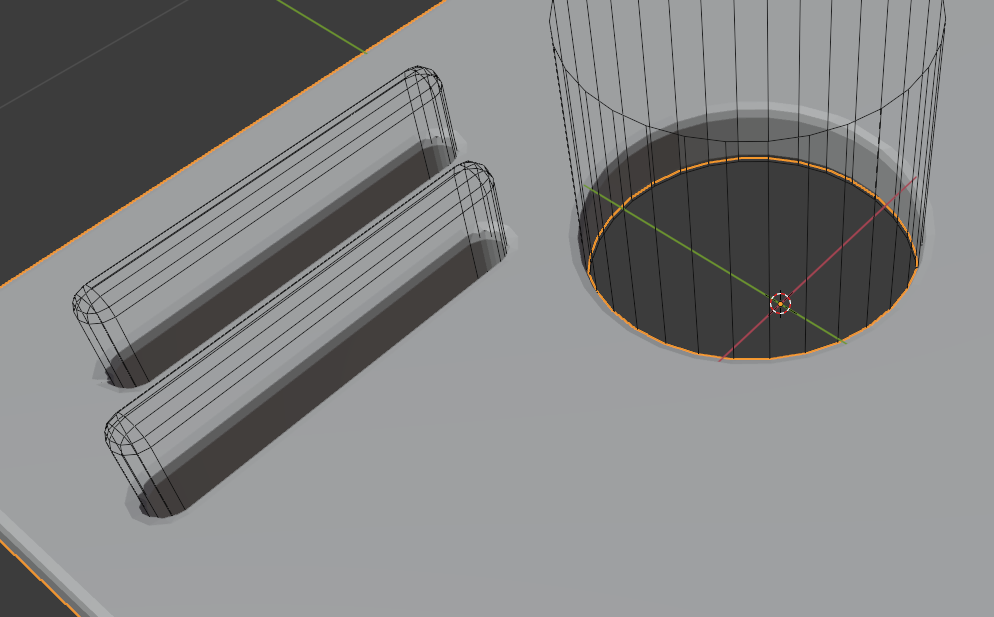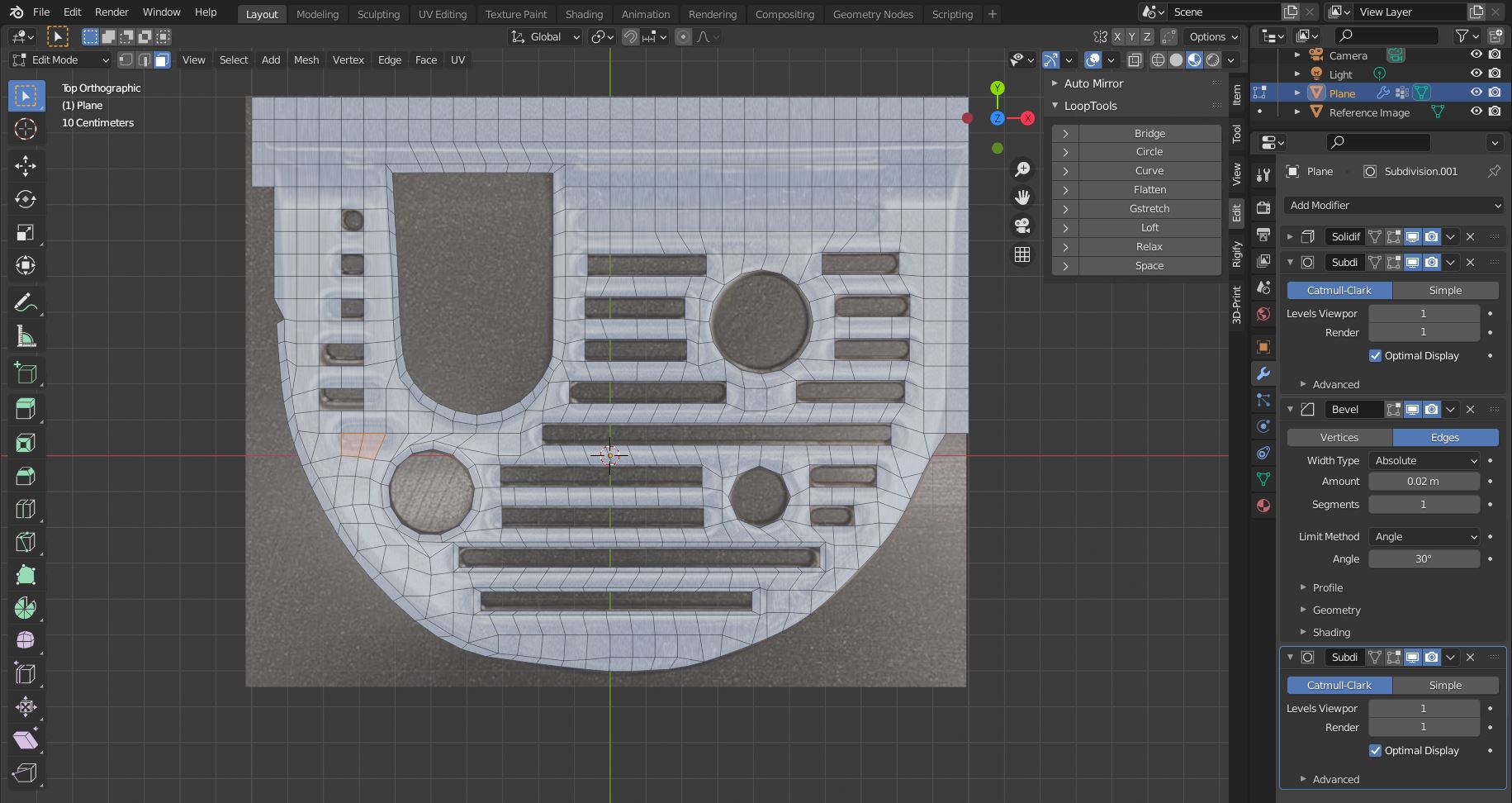I'm trying to model the following plate in blender:

I tried bending a plane to form the general shape of the plate, and then adding solidify, boolean cutouts and then bevel them.
At this point, whatever I do goes sideways really fast - the bevels overshoot or don't appear at all, the cutouts don't end up round, etc.
Here is an example of a simple attempt - I start off with a plane and a cutout (I have to bevel the cutter so that I have the round corners properly:
I then add solidify and bevel:
The bevel doesn't show, because clamp overlap is on... When I turn it off it either messes up the geometry, and the widest I can get it and still have it look reasonable is this:
Adding subdivision before the boolean and/or bevel doesn't help much either:
Can someone direct me, or help me understand what I'm doing wrong? Is my entire approach to the process wrong? Am I using the modifiers in a wrong way?
Thanks in advance!








